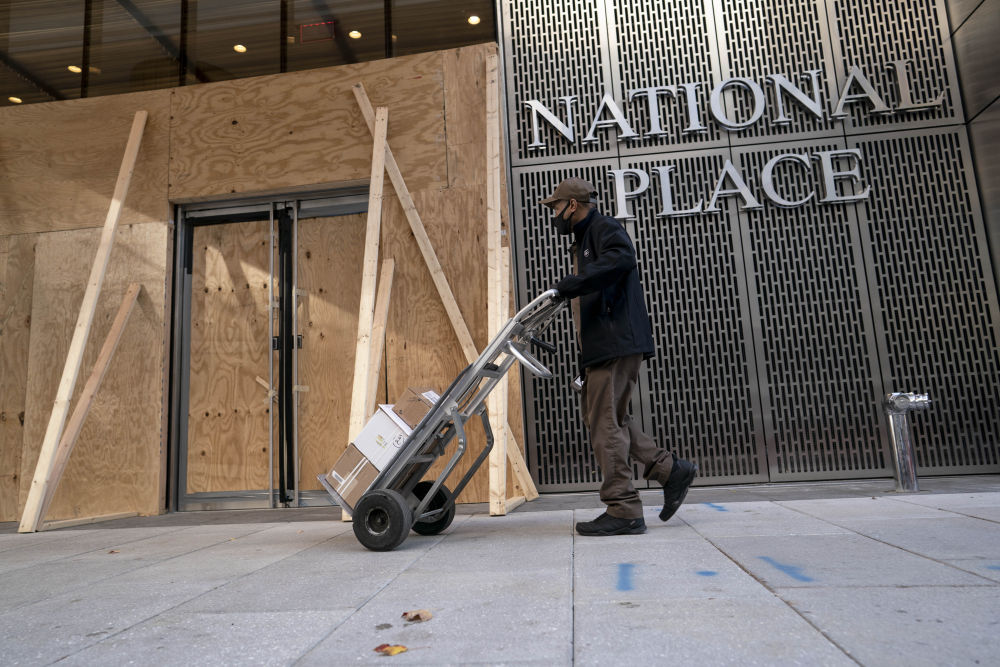Washington, December 28 After many twists and turns, US President Donald Trump finally signed a spending package totaling about $2.3 trillion on the evening of the 27th local time, including $900 billion to deal with the damage caused by the coronavirus epidemic to the economy. Relief funds.
Previously, Trump had refused to sign the bill on the grounds that the subsidies planned to the public were insufficient.
Analysts believe that the introduction of a new round of relief plans is not enough to heal the damage caused by the spread of the epidemic to the U.S. economy and people, let alone fundamentally solve the problems such as the long-term rise in unemployment and widening gap between rich and poor caused by the epidemic.
When the two parties announced agreement on a new round of relief in the United States Congress on the 20th, it was widely believed that the time was too late, and Trump’s refusal to sign the bill made the bill face “difficult labor”.
In March this year, the U.S. Congress passed a total relief bill of about $2.2 trillion.
Since then, the two parties have been divided on the new round of economic relief plan, coupled with political considerations for the November presidential election, and neither side is willing to give in too early, thus falling into a half-year-long negotiation deadlock.
At the same time, the number of new confirmed cases and deaths of the novel coronavirus in the United States is increasing, and the prevention and control of the epidemic has become more and more difficult.
Especially since November, the epidemic in the United States has continued to worsen, and many core indicators have remained high. They have entered the most serious stage since the outbreak of the epidemic. Many medical systems are facing unprecedented pressure.
Affected by the continued spread of the epidemic and the expiration of some government aid plans, the U.S. economy was unable to maintain the pace of rebound in the third quarter.
Recently, the number of people applying for unemployment benefits and falling into poverty has risen again, and the number of small businesses closed to continue to increase. Economists generally worry that the U.S. economy may fall into a “double bottom recession”.
According to a joint study released by economists from the University of Chicago and Notre Dame this month, about 7.8 million Americans have fallen below the poverty line since June, and the national poverty rate has increased from 9.3% in June to 11.7% in November. Data from the U.S. Department of Labor also shows that as of November, the number of unemployed in the United States still exceeded 10 million, of which 3.9 million, or 36.9%, were unemployed for more than 27 weeks.
The latest relief package extends additional grants for the unemployed until March next year, trying to help families and businesses “winter through the winter” through short-term financial support.
However, both the chairman of the Federal Reserve Board Powell and Anthony Fauci, director of the National Institute of Allergy and Infectious Diseases, warned that the return to normal social and economic life in the United States may be no later than the end of the second quarter of 2021, or even later, because the vaccine will remain uncertain about the effectiveness of the vaccine.
Economists generally believe that the funding scale and duration of the latest round of the U.S. rescue plan are far from enough, and there is no direct assistance for state and local governments.
Due to lack of financial support, some state and local governments have begun to cut spending and lay off workers in the past few months.
According to the study of the rescue bill passed earlier this year, the most effective aid programs to boost the economic growth of the United States are for state and local governments.
Mohamed El-Elian, chief economic adviser of Allianz Group, believes that the rescue plan will not significantly change the short-term trend of the U.S. economy or hedge against the long-term risks facing the U.S. economy.
He believes that the main problem facing American policymakers is that they rely too much on monetary policy instruments to support economic recovery and lack structural reforms conducive to growth, which leads to a serious disconnect between financial market trends and the real economy and poses risks to future economic growth and financial stability.
Since the beginning of this year, under the impact of the epidemic, a large number of real enterprises in the United States have declared bankruptcy, while financial markets have risen against the trend, constantly setting a new historical peak.
More and more economists worry that the U.S. economy will show a “K-shaped” recovery.
This means that the economic recovery may be extremely uneven, and most of the benefits of economic expansion may go to the top class, leaving the bottom far behind, and the gap between rich and poor will continue to widen.



